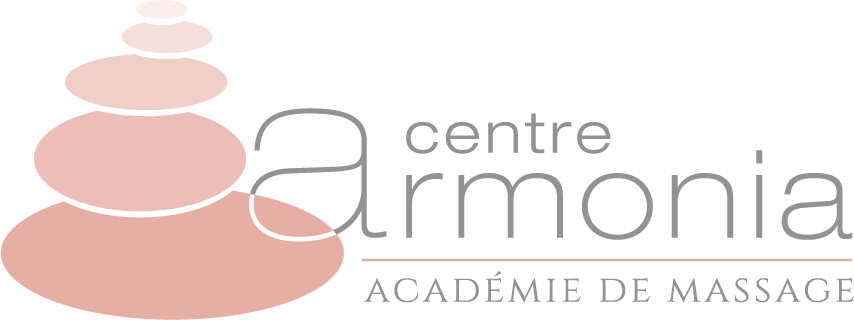
PRESSOTHERAPY / IT'S A MASSAGE BED FOR LYMPHATIC DRAINAGE
What is pressotherapy?
Pressotherapy is a paramedical pressure technique that activates blood and lymphatic circulation. This therapy is performed with wide boots, arm sleeves and a lap belt to be worn while lying down.
These devices have several cells filled with air, which inflate, deflate and exert different types of pressure. Sequential pressure is suitable for water retention and the treatment of cellulite. This pressure means that the cells will swell one by one. Continuous pressure is suitable for venous insufficiency. This pressure means that the cells will swell and then deflate at the same time. Some of these devices can perform both pressures to mimic the pressure of manual lymphatic drainage performed by a physical therapist with the fingers and palms of the hands.
Pressotherapy is offered to people with problems with blood circulation, water retention or even people wanting to get back in shape. It is a therapy that complements manual drainage.
Pressure therapy devices are generally equipped with the following accessories:
Boots for the legs
Boots for the feet
Sleeves for the arms
A belt for the stomach and hips
What are the effects of pressotherapy?
Pressotherapy has the power to work on veins, cellulite and heavy legs to eliminate water retention and toxins. It also works against the appearance of varicose veins. In addition, this therapy activates the circulation of blood and air to the heart. This will help break the static fat cells. Indeed, the parts of the body treated will therefore be smoother and thinner. Your silhouette will therefore be refined. Pressotherapy is therefore a way to lose weight if you are overweight caused by water retention.
Pressotherapy for heavy legs:

Water retention is linked to poor lymph circulation. That is, the body retains more water than it expels. This is why swelling or edema forms. The causes of water retention can vary from person to person. They may be due to:
Poor blood circulation
Heat: Hot baths, clothing, or exposure to the sun dilates blood vessels, which helps retain water.
Foods that are too salty or low in protein: Salt is one of the main factors in water retention.
Certain diseases: heart, kidney or venous failure.
Certain drugs: corticosteroids, antihypertensives or even hormonal treatments.
The posture: being seated, having your legs crossed can also hinder venous return.
Pressotherapy is recommended for a lasting fight against water retention problems. This is because it has the ability to remove toxins and excess water from the body.
Who is pressotherapy for?
Pressotherapy is for women and men with circulatory disorders, lymphoedemas, cellulitis, localized bulges (eg: saddlebags, love handles) or heavy legs. It is also aimed at athletes who want to speed up their recovery after exercise.
Pressotherapy for athletes:
The muscles of athletes are often tense after intensive training or sports competition. Pressotherapy is a good way to recover quickly and to fight against fatigue. Indeed, it promotes blood circulation in the veins of the lower limbs after exercise. Thanks to this therapy, the athlete will avoid swelling and feelings of heavy legs. In addition, it helps muscle healing and the healing of sprains and strains. Before using this therapy on this type of injury, consult your doctor.
Pressotherapy for aesthetic reasons:
Pressotherapy can be used to fight against cellulite. This therapy eliminates adipocytes, edemas and drains toxins. This helps reduce the orange peel appearance on the affected areas. The skin is firmed and the silhouette is refined.
How does a pressotherapy session take place?
During a pressotherapy session, the patient lies comfortably on their back. Her legs are slightly raised. The healthcare professional puts on the pressotherapy equipment on the different parts of the body to be treated. It regulates the pressure and the rhythm to avoid any pain.
The accessories exert different types of pressure in a discontinuous fashion, alternately causing compression and decompression. The compression displaces the reabsorbed liquids towards the collecting ducts then leads them into the evacuating networks. Decompression has an active effect in capillary resorption by a phenomenon of aspiration. This combination allows you to massage the areas to be treated and optimize blood and lymphatic circulation. A pressotherapy session lasts on average between 30 and 45 minutes. The session can last up to an hour.
Are there any side effects?
Do you have a frequent urge to urinate? This is normal, it means that the treatment is working well and that the water is eliminated! There are no side effects reported to us.
How many pressotherapy sessions should we do?
The number of sessions depends mainly on the area to be treated. They must be planned in advance based on medical advice. To start, pressotherapy sessions are renewable several times a week. Then, a monthly session will be sufficient. After a session, the patient will have a feeling of well-being and lightness.
Contraindications to pressotherapy :

Pressotherapy is not suitable:
Heart problems
Respiratory problems
To venous problems
Diseases contraindicated to pressotherapy: renal failure, diabetes, tuberculosis, tumors, untreated hypertension, phlebitis
In physiological states: menstruation, pregnant women, untreated open wounds
This therapy can be done with low pressure on pregnant women to relieve heavy legs. Of course, the abdominal belt must be removed.
source: The benefits of pressotherapy (17 janvier 2020Bien êtreAudrey de Girodmedical)

